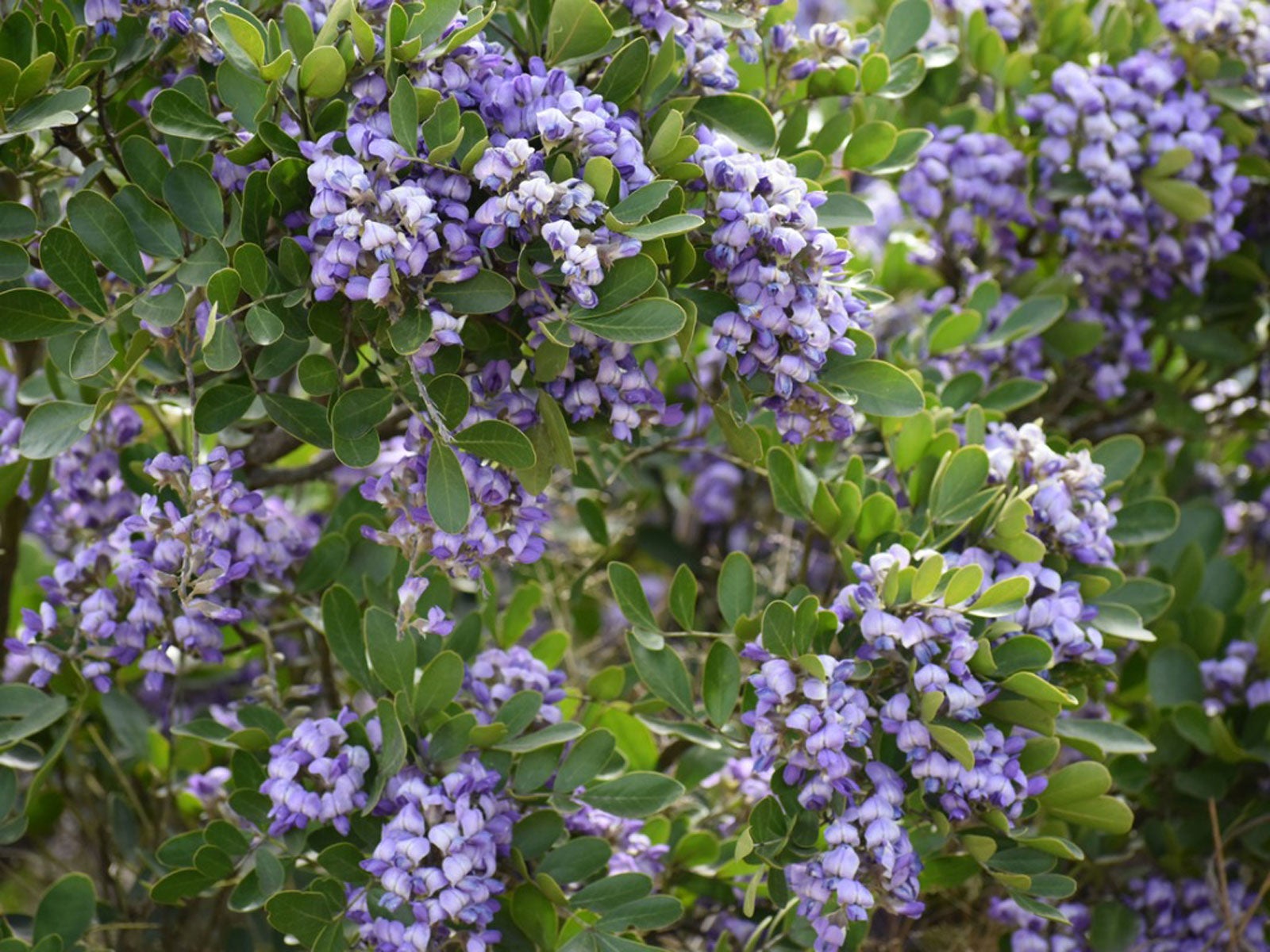Desert Shade Trees – Choosing Shade Trees For Southwest Regions


No matter where you live it’s nice to sit under a leafy tree on a sunny day. Shade trees in the Southwest are especially appreciated though because they bring cooling relief in hot desert summers. If you live in the Southwest, you’ll find many desert shade trees that can work well in your backyard. Read on for information on different shade trees for Southwest landscapes.
About Southwestern Shade Trees
When you are looking for southwestern shade trees, you’ll need to identify trees that can tolerate the long hot summers of your region. Ideally, you’ll want to select easy maintenance trees that have few pest or disease issues and are drought tolerant.
Fortunately, types of shade trees in the Southwest are many and varied. Some provide filtered shade while others offer complete sun blocks, so know what kind of shade you want before you shop.
Desert Trees for Shade
The best selections for shade trees in Southwest gardens are those native to desert areas. A few of these include:
- Blue palo verde (Parkinsonia florida): A top choice is this native of the Sonoran Desert in both Arizona and California. The palo verde, with its green trunk and feathery branches, is the iconic tree of the southwestern desert. It requires little water or maintenance once established.
- Texas ebony tree (Ebnopsis ebano): Grows wild in southern Texas. The dark, glossy leaves create shade dense enough to cool your home in summer.
- Desert willow trees (Chilopsis linearis): Native to the arid regions of the southwest, desert willow makes a good desert shade tree and also offers showy blossoms in summer.
Other Shade Trees for Southwest Landscapes
Several species of ash trees also make great shade trees for southwest landscapes. These large deciduous trees provide shade in the summer followed by autumn displays before they lose their leaves in winter.
It won’t surprise you that the Arizona ash (Fraxinus oxycarpa ‘Arizona’) with its small, bright leaves grows well in the Southwest. This ash tree variety can survive drought, alkaline soils, and intense sunshine. They turn golden in the autumn. The ‘Raywood’ ash cultivar (Fraxinus oxycarpa ‘Raywood’) and the ‘Autumn Purple’ cultivar (Fraxinus oxycarpa ‘Autumn Purple’) are both similar, but their leaves turn purple in the fall.
If you are thinking of a smaller tree or large shrub for your backyard, something to provide both a little shade and a lovely look, consider Texas mountain laurel (Callia secundiflora). It is native to the American Southwest, and an evergreen that produces vivid purple blossoms in spring.
Gardening tips, videos, info and more delivered right to your inbox!
Sign up for the Gardening Know How newsletter today and receive a free copy of our e-book "How to Grow Delicious Tomatoes".

Teo Spengler is a master gardener and a docent at the San Francisco Botanical Garden, where she hosts public tours. She has studied horticulture and written about nature, trees, plants, and gardening for more than two decades. Her extended family includes some 30 houseplants and hundreds of outdoor plants, including 250 trees, which are her main passion. Spengler currently splits her life between San Francisco and the French Basque Country, though she was raised in Alaska, giving her experience of gardening in a range of climates.